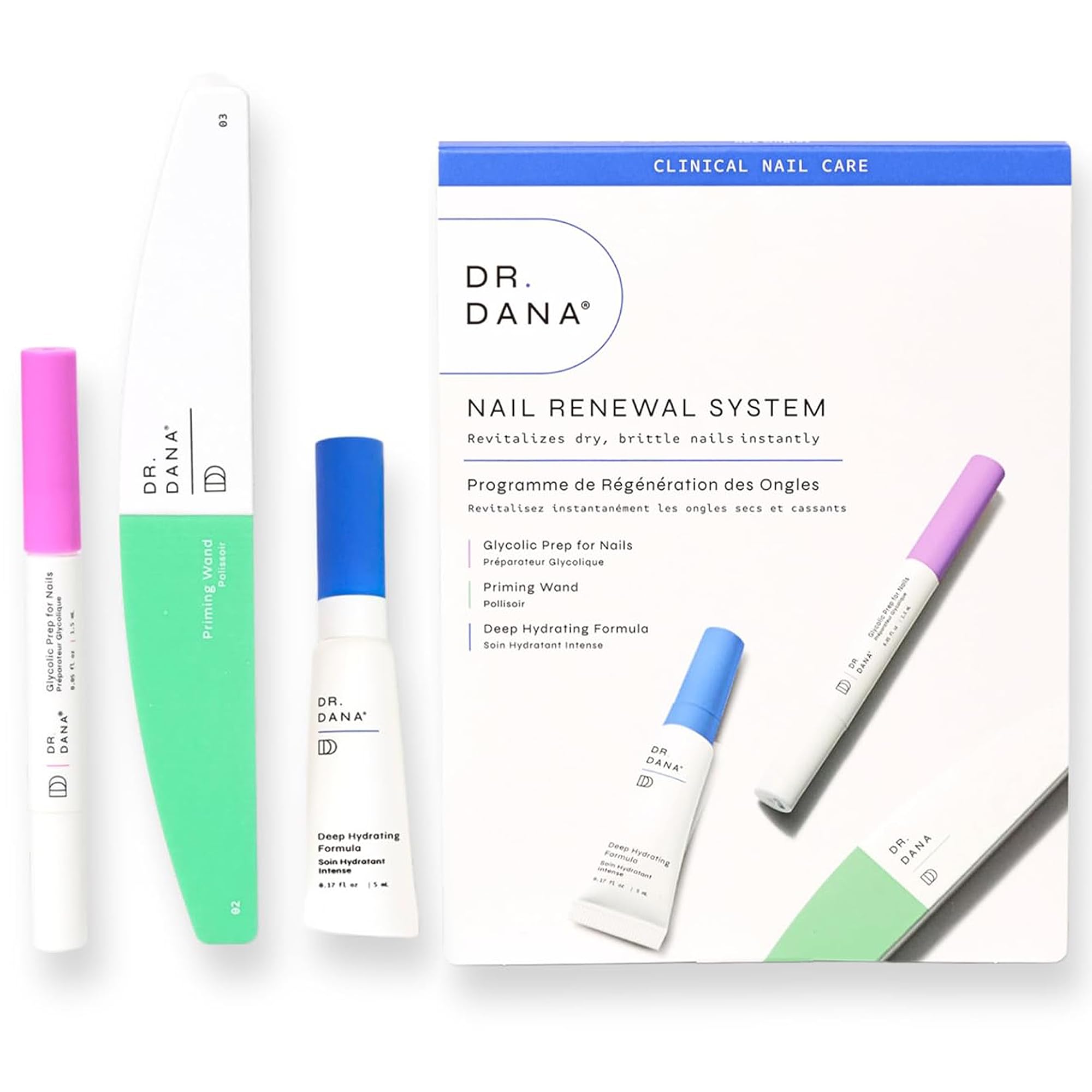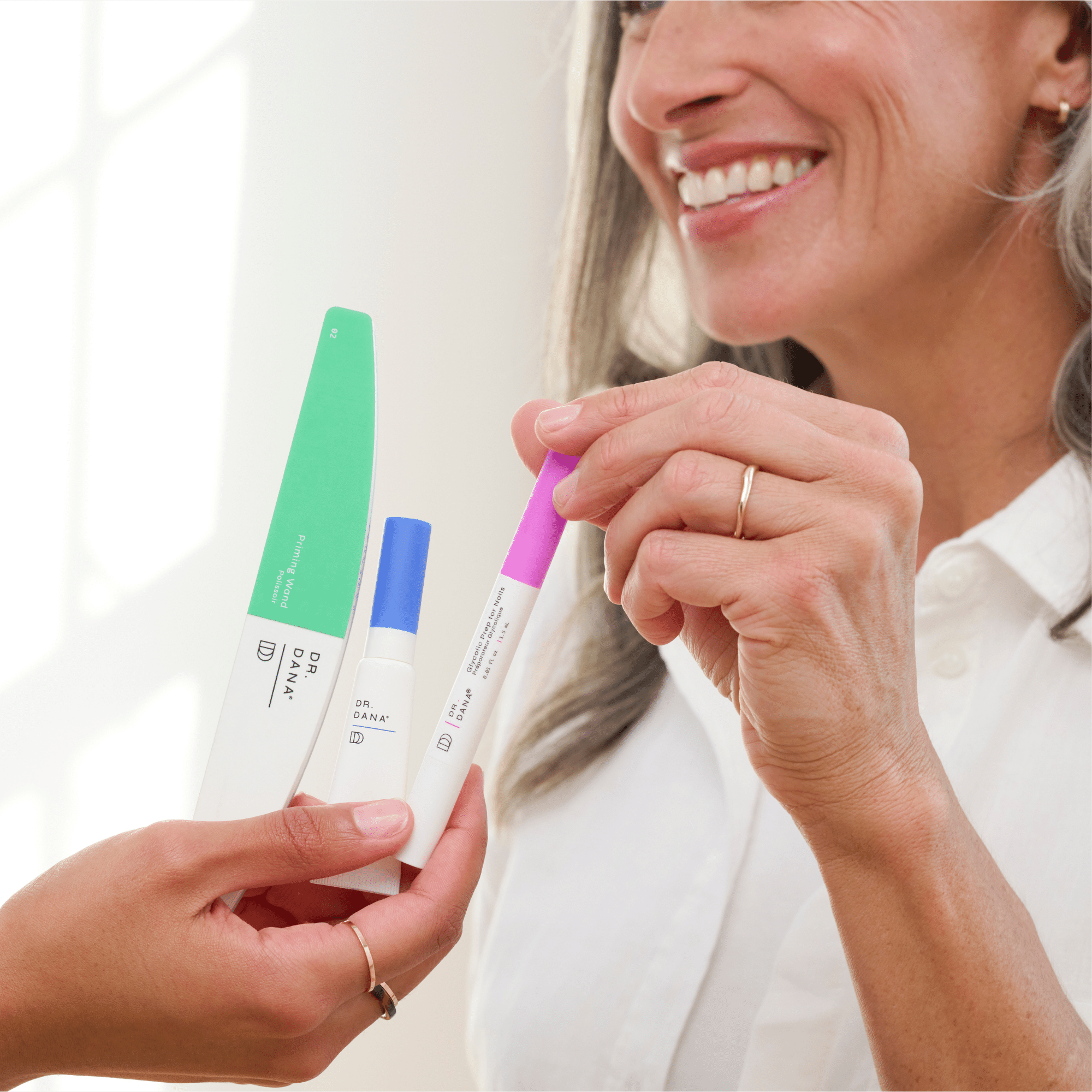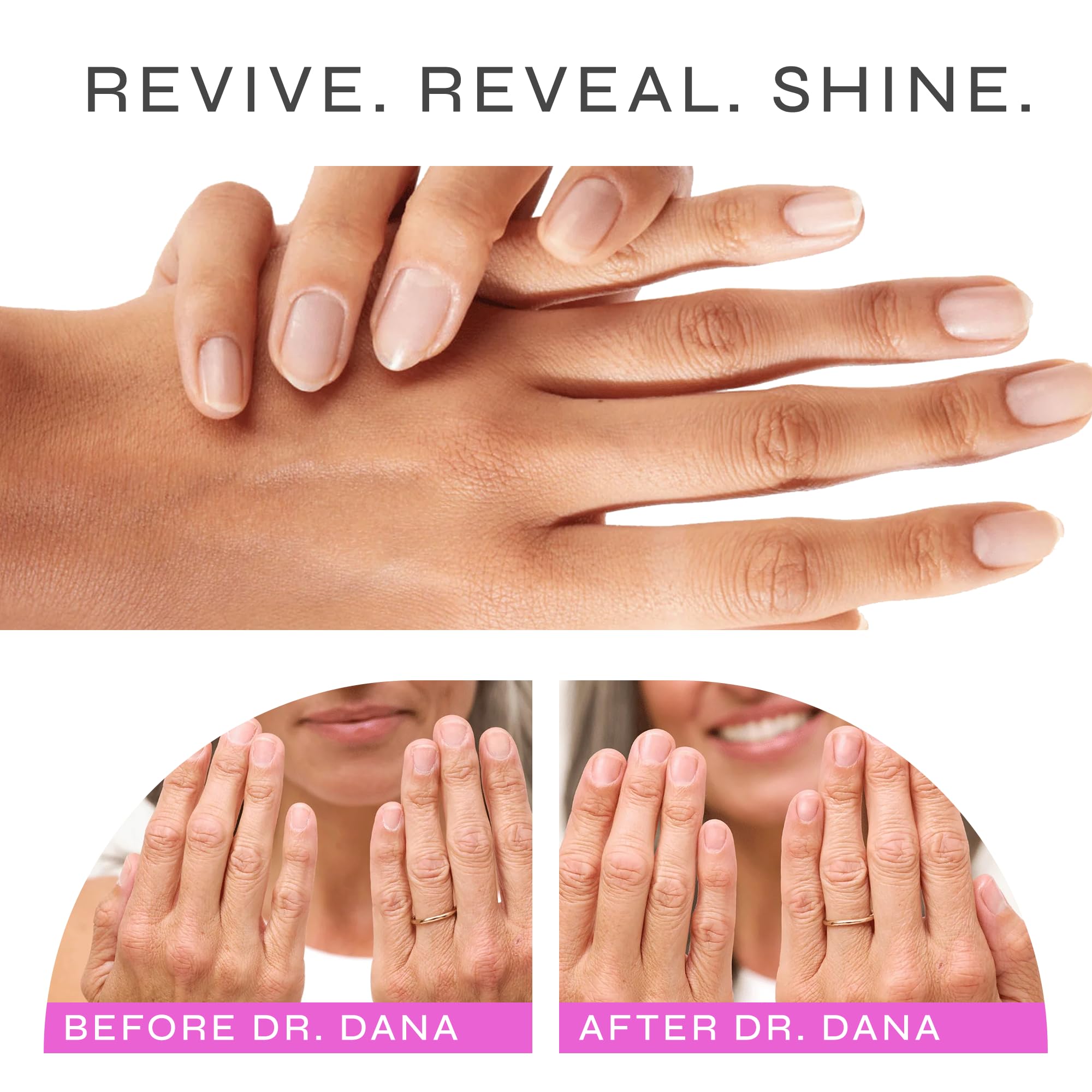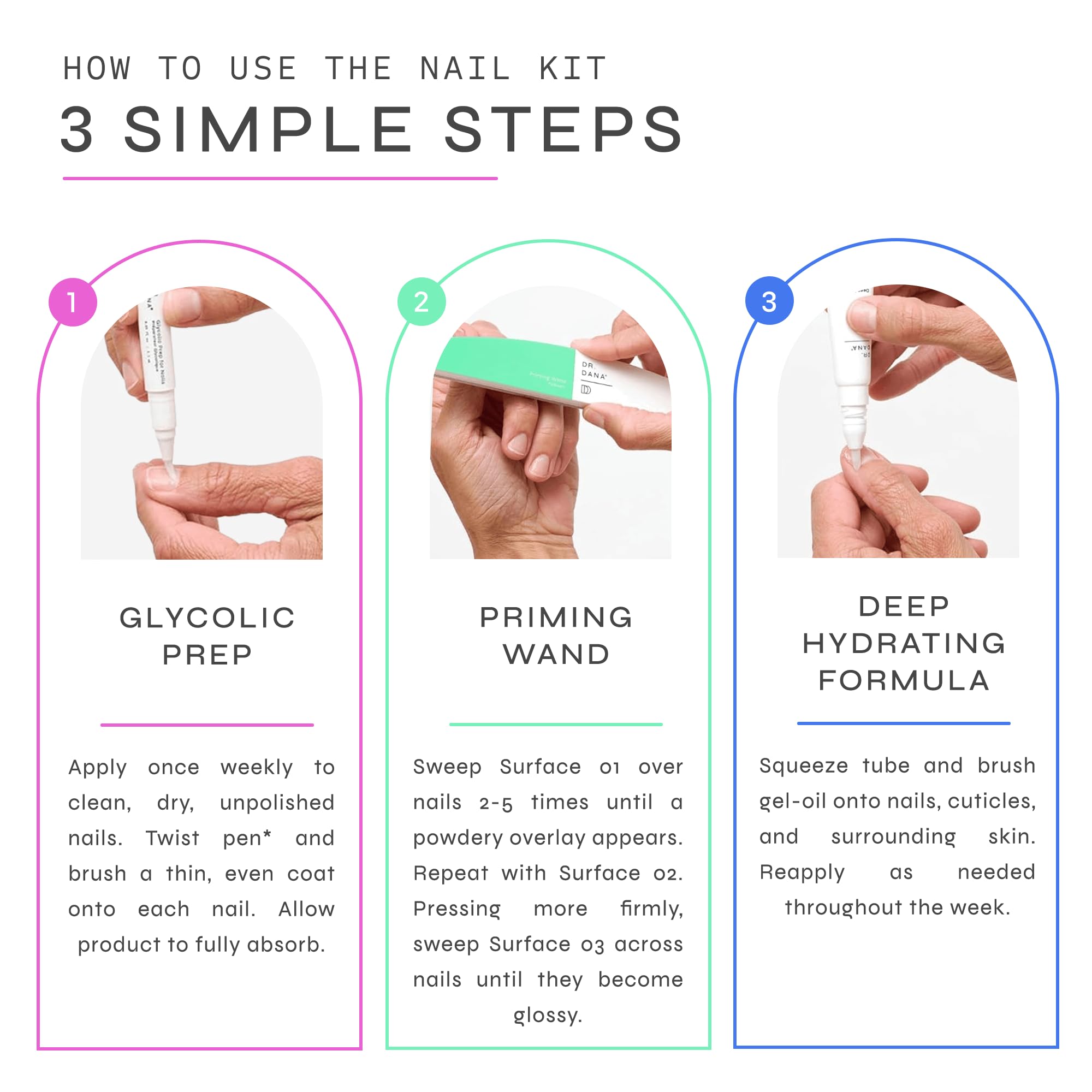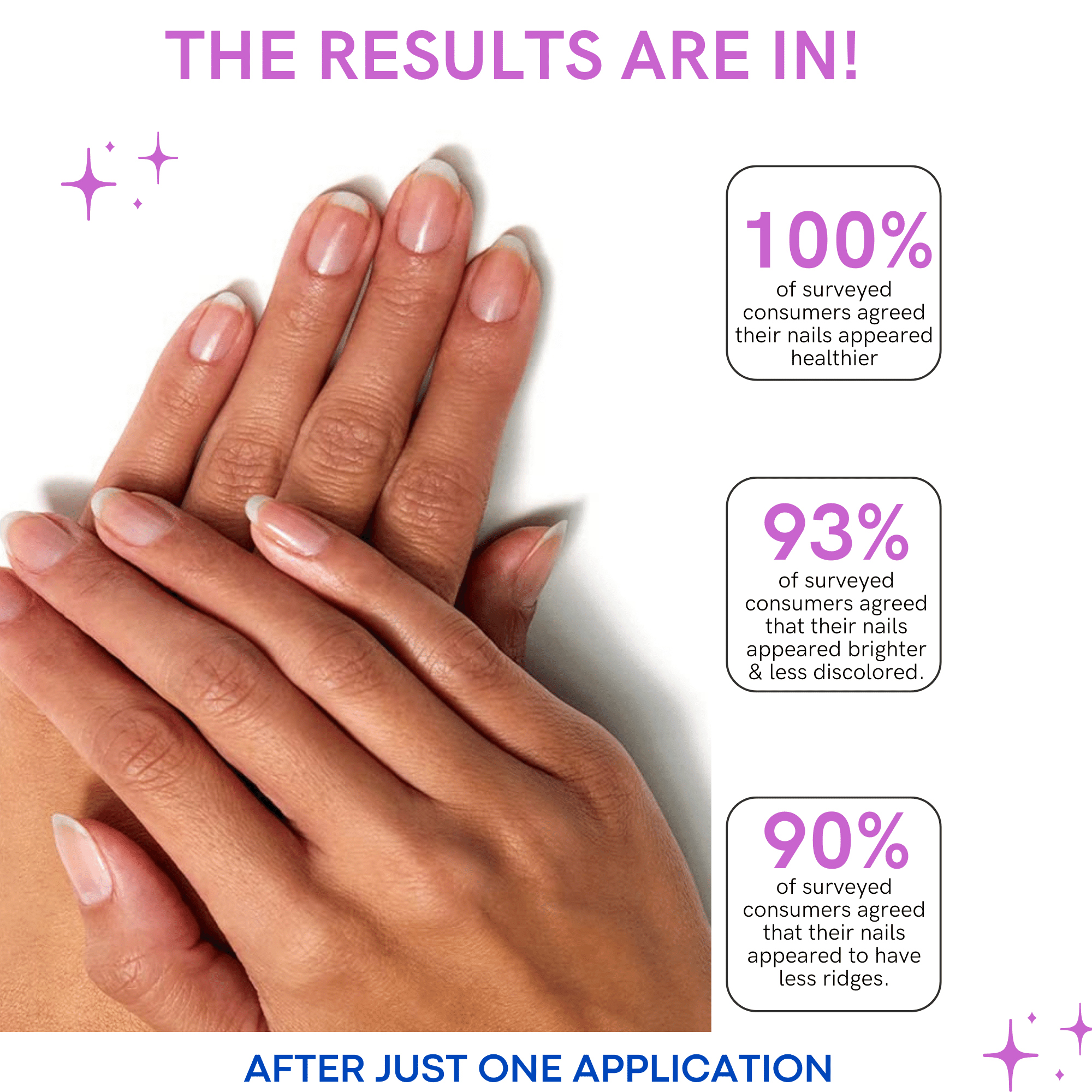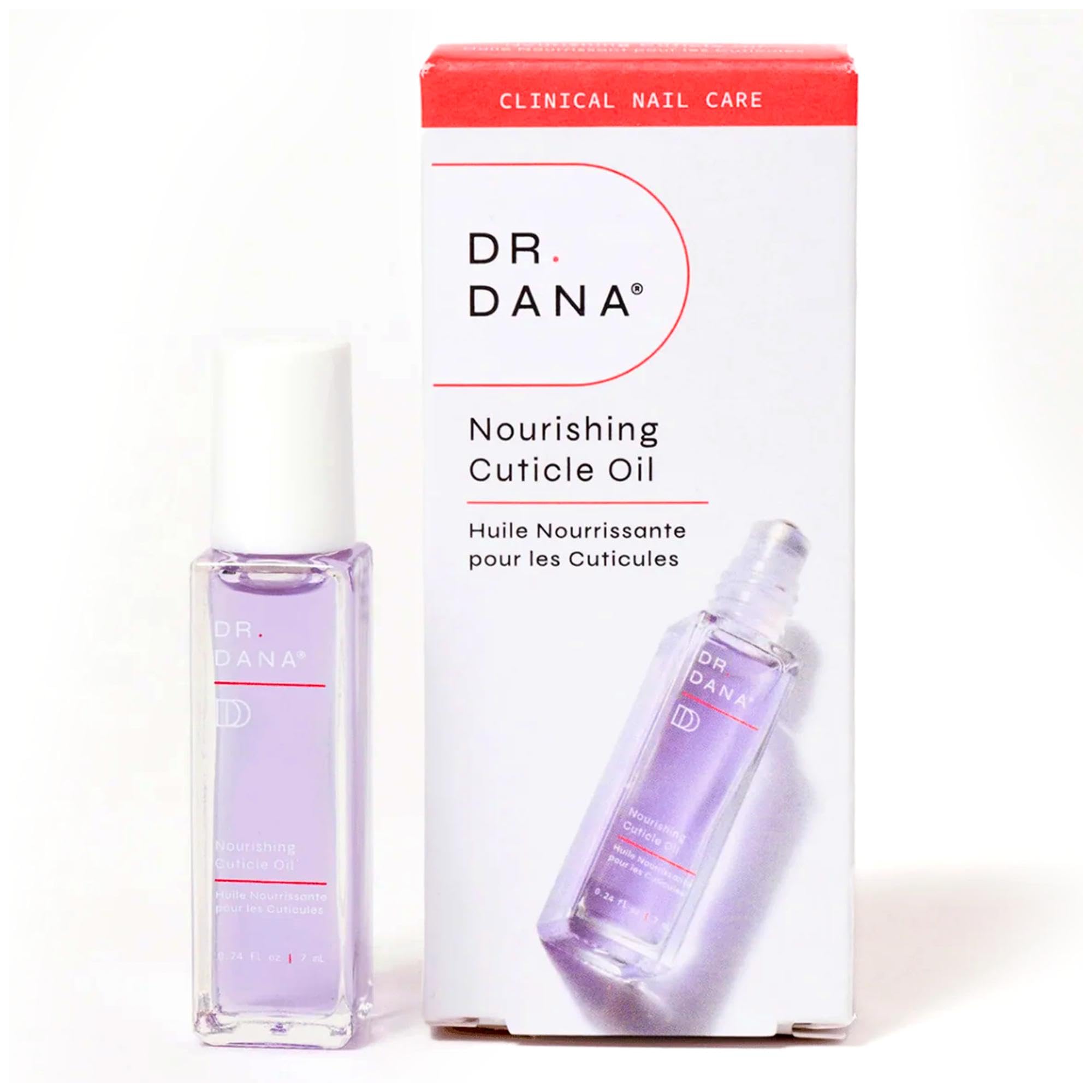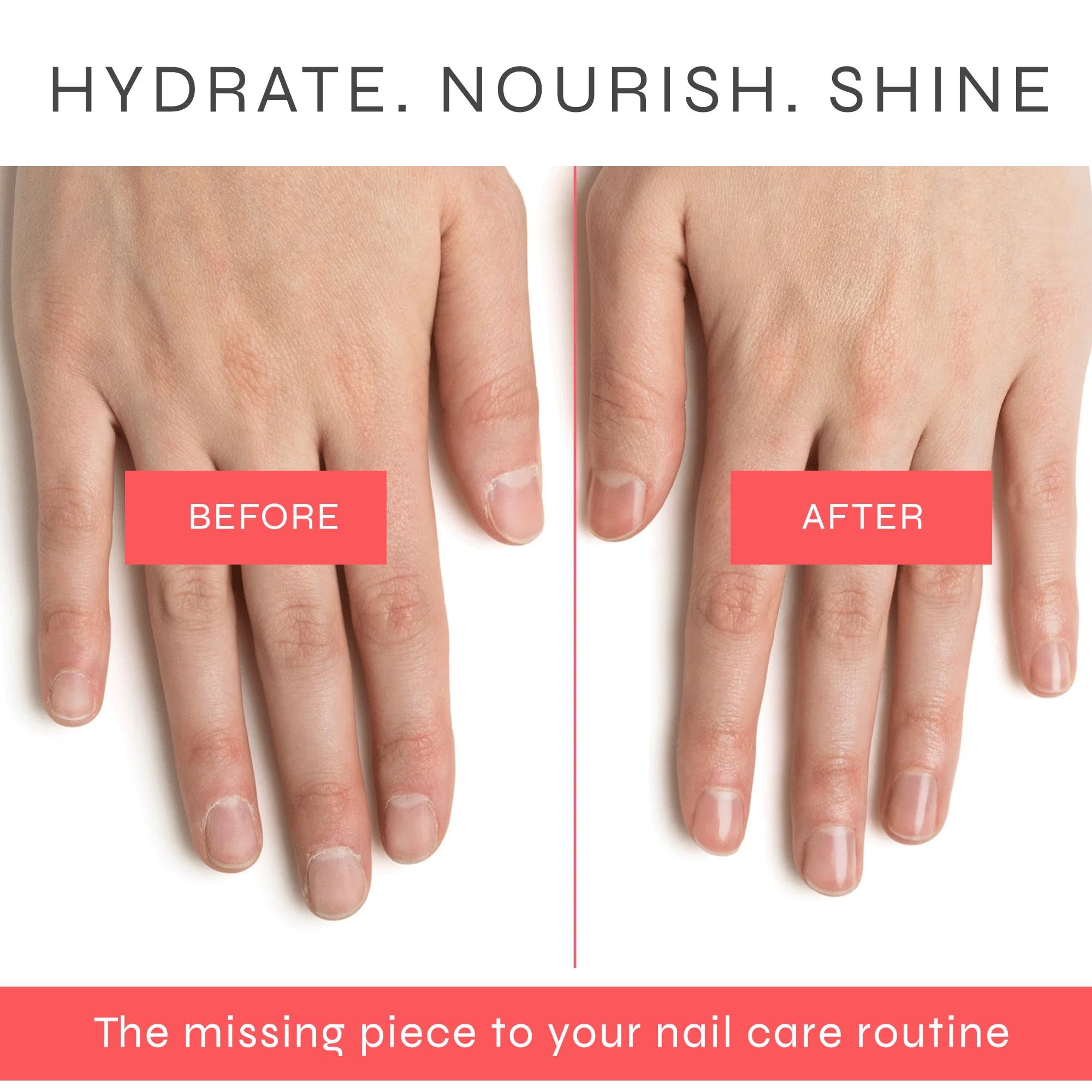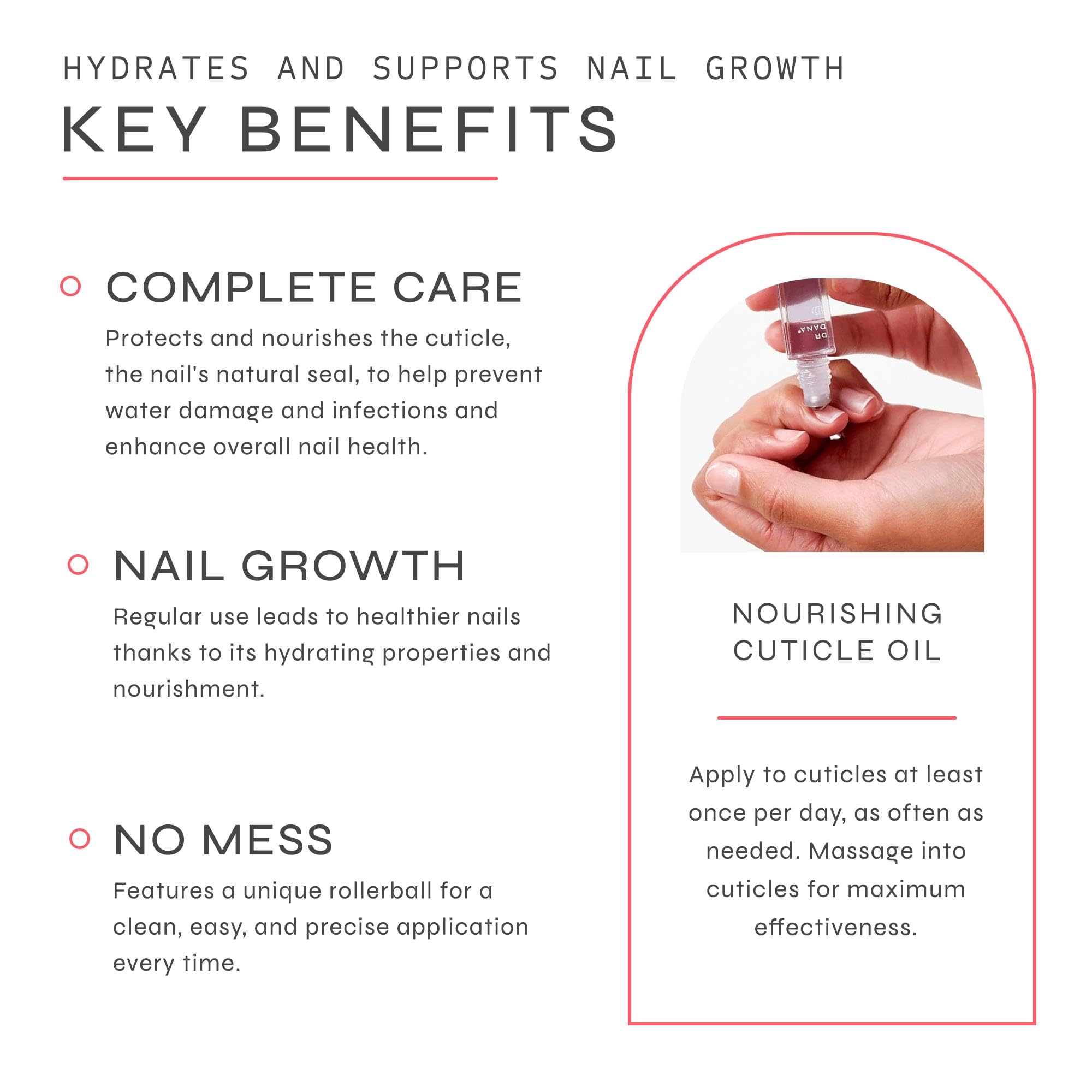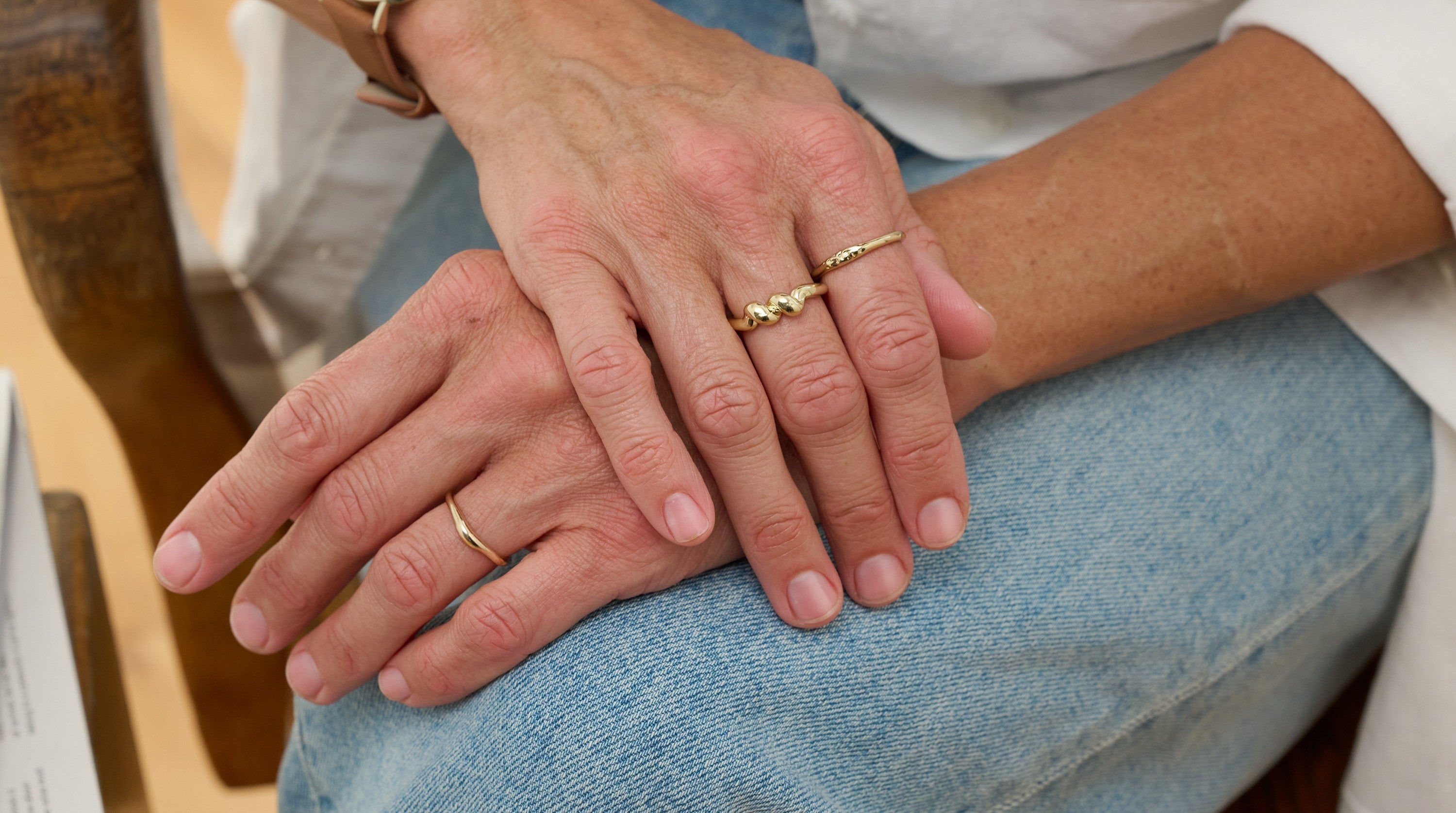What happens to your nail health over time—and how to improve it.
While most of us are extremely familiar with skin and hair care regimens designed to help us maintain a youthful appearance, when it comes to nails, aging is not typically a regular part of the conversation. But your nails do in fact age, too, and it’s important to understand what’s going on with your nail health—just as much as every other part of your body and mind.
Genetics, nutritional deficiencies, environmental influences, and general wear and tear can cause nails to undergo physiological changes over time. The good news is that most of these changes can be easily addressed—it’s mostly a matter of identifying concerning nail signs and knowing how to spot the signs of aging nails.
What should you be on the lookout for—and how can you treat nail symptoms?
Nail Ridging
As we age, the area where the nail begins (the matrix) slowly starts to become thinner, resulting in vertical depressions in the nail called onychorrhexis. There are many age-related factors that can contribute to ridging, including compromised circulation or less efficient blood flow to our extremities. For some, these ridges are barely noticeable, but others may see some significant markings.
The safest and most effective way to smooth ridges is with a three-way buffer, like the Priming Wand that’s included in the Dr. Dana Nail Renewal System. It’s designed to gently buff surface abnormalities, such as ridges, resulting in a more even nail plate. Caution when choosing a buffer, as many are designed for acrylic nails and can be too abrasive for natural nails. If ridging is severe or presents horizontally, you should talk to your doctor.
Brittle Nails
For many of us, nails will become more brittle with age. This can be the result of years of exposure to water and chemicals, frequent use of nail polish remover, and genetics. Taking regular care of the nails is the best way to treat these type of age-related nail conditions.
Using our Nail Renewal System weekly is one of the most effective ways to treat brittle, aging nails. The 3-step treatment includes glycolic acid to exfoliate and remove surface damage, a natural nail strengthener to reinforce delicate nail cells, and plant extracts for deep hydration and antioxidant protection.
Fingernail Dulling
Unfortunately, our nails naturally lose their luster with age. Using a high-shine topcoat is a quick fix, but in order to truly restore their natural shine, you need to treat the nails. Exfoliating surface damage is the only way to repair the nail and restore its youthful glow. Step 1 in the Nail Renewal System uses glycolic acid to exfoliate the nail plate and instantly boost natural shine.
Slow Nail Growth
According to various studies, age related changes begin to occur in our nails after the age of 40. In fact, nail changes such as a slower nail growth rates tend to happen around this age. When our nails don’t grow out as quickly, the effects of environmental exposure can show up more significantly in the overall appearance of the nails, as well as affecting their strength. Keeping the cuticle intact and hydrated will help you optimize nail growth because the cuticle overlies the nail matrix, the anatomical structure that becomes the nail plate.
Nail Separation from the Nail Bed
Nail separation, referred to as onycholysis, occurs when our nails don’t firmly adhere to the nail beds. That means that even the slightest trauma, like overly vigorous cleaning under the nail with an orange stick, can result in the nail lifting off the nail bed. It’s best to see your doctor if you experience this type of change in your nails.



